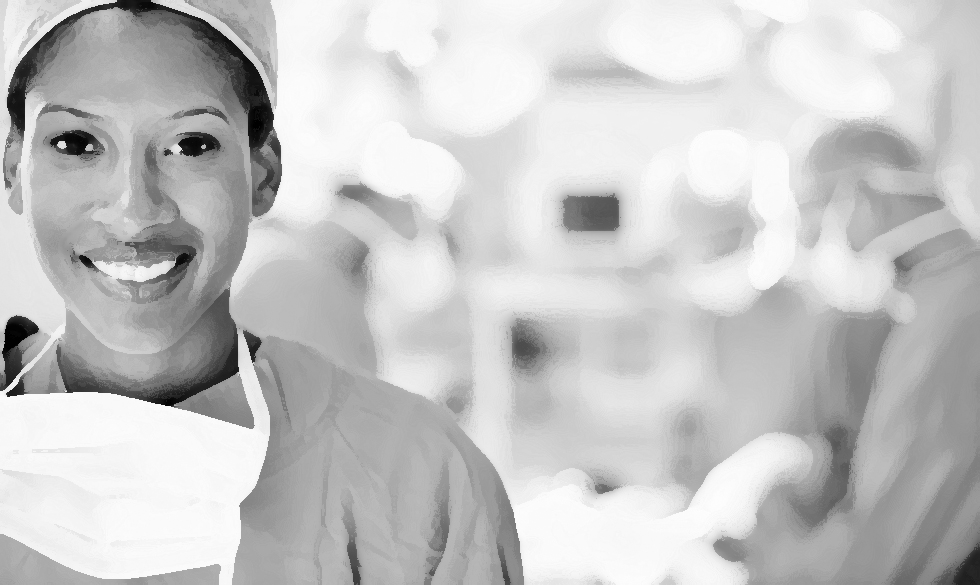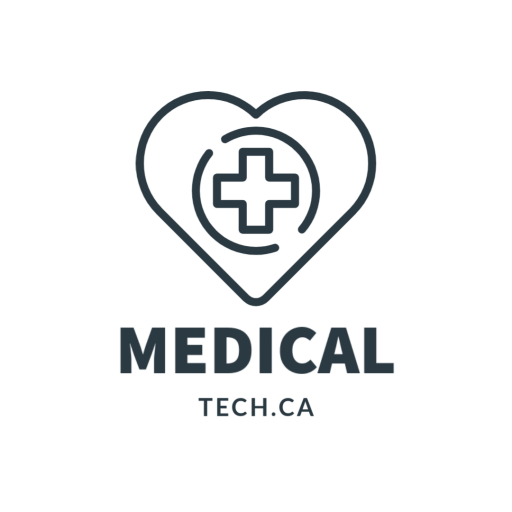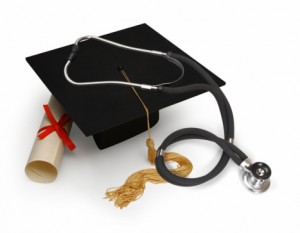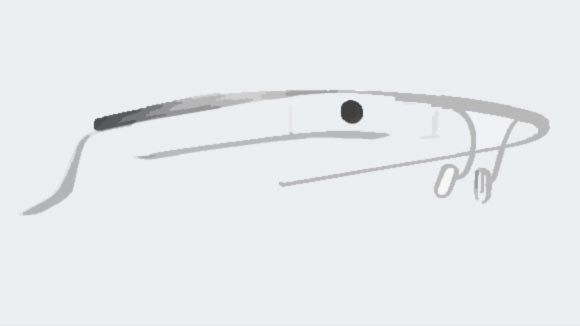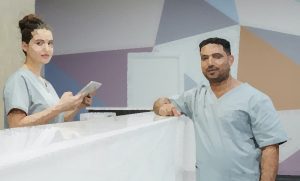
by medicaltechont | Jun 25, 2017 | Canada, Doctors, Education, Ontario
A record number of medical-school graduates this year missed out on residency programs, their final training stage, due to an “alarming trend” that puts at risk the hundreds of thousands of dollars provincial governments have invested in the next generation of Canadian doctors.
This spring, more than 2,700 medical students were accepted to residency programs that begin next month at university hospitals across the country.
But the program, an algorithm used to match applicant preferences to universities’ preferred candidates, has left 68 students without a residency assignment.
The problem highlights a gap between the numbers of spots in medical schools and the number of residency spots, which have been cut back in recent years due to tighter budgets, according to the Canadian Federation of Medical Students.
Read more at https://www.thestar.com/news/canada/2017/06/17/no-easy-cure-for-left-out-medical-school-grads.html

by medicaltechont | Jun 24, 2017 | Doctors, Education, Healthcare
“Each year, a growing number of students do not get matched, putting the hundreds of thousands of dollars that provincial governments invest in educating and training future doctors at risk.”
After he was passed over twice for a medical residency program, after he quizzed university officials and career counsellors about the reasons for his rejection, after exploring his legal options and shortly before ending his life, Robert Chu wrote a letter.
It was precise, but penned with passion. It showed the persistence the 25-year-old medical school graduate had demonstrated throughout his accomplished life.
But he also expressed his despair at what he believed is a flawed system used to match medical school graduates to residency programs — the final, obligatory stage in a doctor’s training.
Read more at https://www.thestar.com/news/canada/2017/06/17/tragic-case-of-robert-chu-shows-plight-of-canadian-medical-school-grads.html

by medicaltechont | Apr 9, 2017 | Education, Healthcare, Technology
Digital health and connected care services are evolving and gaining momentum in Canada. As they do, the link between patient experience and value-based outcomes is critical to both assess opportunities for improvement and determine scalability and integration of connected care solutions into Canadian models of care.
Improving the various areas of patient experience (and there are at least five outlined in the literature) can result in positive outcomes for patients, organizational health, and system sustainability. As Canadian health care organizations advance their digital health strategies, a patient experience business framework can play a pivotal role in accelerating value-based outcomes and evidence-informed strategic direction.
Read more at https://www.infoway-inforoute.ca/en/what-we-do/blog/consumer-health/7381-positive-patient-experience-leads-to-better-health-outcomes-and-system-sustainability

by medicaltechont | Jan 24, 2016 | Canada, Education, Technology, United States
HeadCheck Health wants to minimize the damage of concussions in sports.
The app, created by UBC PhD student Harrison Brown and UBC MBA graduate Kerry Costello, aims to help coachers properly assess concussions in real-time.
Read more at http://www.techvibes.com/blog/seeking-safety-in-sports-headcheck-app-diagnoses-concussions-immediately-2016-01-22

by medicaltechont | Mar 18, 2014 | Education, Healthcare, Hospitals
THE WOODLANDS, Texas–On March 13th, middle school students at The John Cooper School had a rare opportunity to learn about, and even operate, the da Vinci® Surgical System, a robot that assists surgeons in minimally invasive surgery.
Introduced in 1999 by Intuitive Surgical, the da Vinci® Surgical System is now the global leader in the emerging field of robotic-assisted minimally invasive surgery. Since the beginning, the company has consistently provided surgeons and hospitals with the tools needed to help patients return to their productive lives.
What makes this system really unique is that the surgeon does not operate over the patient, rather in a separate component known as the surgeon counsel. From there, the surgeon has full control of the robot by using finger stirrups that then move the robot’s four arms. Three of the arms hold instruments for the surgery. The fourth arm holds the camera, which allows the surgeon to see a 3D image. Brian Kiscoe, the Area Sales Manager for Intuitive Surgical, explains that the da Vinci mimics open surgery.
“Theoretically, you’ve got your left hand, your right hand, and your eyes,” said Kiscoe. “It is as if you were operating over the patient.”
Read more

by medicaltechont | Nov 9, 2013 | Education, Google, Technology
University of Alabama at Birmingham surgical team has performed the first surgery using a virtual augmented reality technology called VIPAAR in conjunction with Google Glass, a wearable computer with an optical head-mounted display. The combination of the two technologies could be an important step toward the development of useful, practical telemedicine.
VIPAAR, which stands for Virtual Interactive Presence in Augmented Reality, is a UAB-developed technology that provides real time, two-way, interactive video conferencing.
UAB orthopedic surgeon Brent Ponce, M.D., performed a shoulder replacement surgery on Sept. 12, 2013 at UAB Highlands Hospital in Birmingham. Watching and interacting with Ponce via VIPAAR was Phani Dantuluri, M.D., from his office in Atlanta.
Read more
